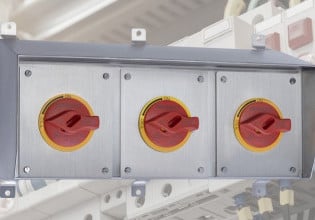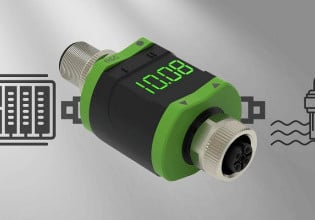SGN and ULC Technologies Unveil World’s First Robotics Roadworks System
SGN and ULC Technologies introduce their all-electric autonomous robot for road and infrastructure repair, the Robotic Roadworks and Excavation System, which is set to begin UK trials in Epsom, Surrey.
The British gas distribution company, SGN, and robotic systems expert, ULC Technologies, LLC. (ULC Tech), have teamed up to produce an automated roadwork and excavation solution. The Robotic Roadworks and Excavation System (RRES) has been under development for over three years with funding being provided by the energy regulator, Ofgem. In early May of 2022, ULC Tech announced its unveiling of the new roadworks bot and the start of trials in the UK.

Robotic Roadworks and Excavation System. Image used courtesy of ULC Tech
How Does the RRES Work?
The RRES uses sensors in the form of ground penetrating radar and electromagnetic waves to scan the ground to identify any potential buried assets in its excavation path. The robot also uses sensors to test the hardness of the ground. This allows adjustments to be made to its concrete cutting chainsaw concerning the speed and force required. Advanced artificial intelligence can be applied to detect buried infrastructure and the target assets before cutting the road surface. The RRES’s chainsaw is custom-built to deliver flexibly shaped and sized cuts for a variety of road surface materials.
Akin to keyhole surgery where a small incision is made to an area of operation on the human body, the RRES can make a keyhole or small pilot hole at a target area on a given surface under excavation. A core taken from cutting this initial hole is set aside until project completion. This keyhole method allows operations to be carried out above ground using specialist tooling without requiring the wasteful removal of greater ground surface than is required. This reduces excavation site waste sent to landfills, as well as new material costs for replacement. The core cut for the initial keyhole/pilot hole can be put back in place once a given project is completed to maintain the strength and integrity of a road or other roadworks area.
Video presented courtesy of ULC Tech
The RRES provides operators with soft-touch excavation by using a space-saving, custom-designed vacuum excavation head with integrated supersonic air nozzles. This design enables the manipulation and removal of soil while keeping buried assets intact. Machine learning capabilities coupled with machine vision cameras can be used during excavation work to guide activities, as well as avoid collision with valued assets or other underground objects.
Benefits of Roadwork Robots
The use of soft-touch excavation reduces damage to below-ground utilities and limiting the need for excavation workers on-site can improve safety. With the reduced need for heavy construction vehicles, and other equipment, as well as a greater number of workers, the RRES can help minimize disruption to communities and local businesses by taking up less space. This reduced need for physical machinery will also help gas networks reduce carbon emissions.

RRES allows removal and replacement of roadway surfaces for minimal ground disturbance. Image used courtesy of ULC Tech
In a recent news release, the Head of Innovation at SGN, John Richardson, commented, “Any industry which needs to scan below ground and carry out deep excavations will benefit from RRES, including other utility companies and the construction and development sector. At SGN, we can potentially reduce the time taken for a typical gas repair job from days to hours, which is great news for our customers, colleagues, and the environment.”
In the same news release, the Director of Infrastructure Automation and AI at ULC Tech, Ali Asmari, said, “The precision and repeatability of the robotic arm will provide highly accurate data to locate below ground assets and will help to identify the most strategic location to cut a keyhole excavation.”
Overall, the RRES has the potential to produce a positive impact on the efficiency of roadworks and excavations, enhanced worker safety, and a reduced impact on the health of the environment.






